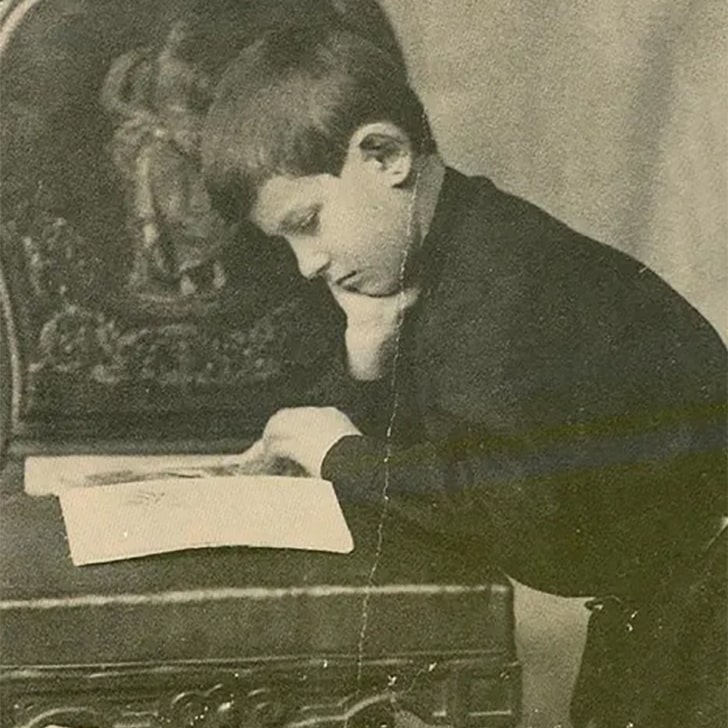A Tale Both Tragic And Inspiring: The Smartest Man To Ever Live
A Remarkable Child Prodigy Emerges

William James Sidis stood out as the most extraordinary intellectual child of his time. His brilliance during his formative years rivaled esteemed figures like John Stuart Mill and Thomas Macaulay. Astonishingly, by age two, he could read English fluently, and by four, he was producing original written work in French.
His exceptional abilities continued to flourish as he devised a formula at five to determine the day of the week for any historical date, and at eight, he revolutionized logarithms. But William’s talents extended beyond mathematics, encompassing several languages and captivating minds at an early age.
Next: What remarkable theories would William present next?

You must be logged in to post a comment Login